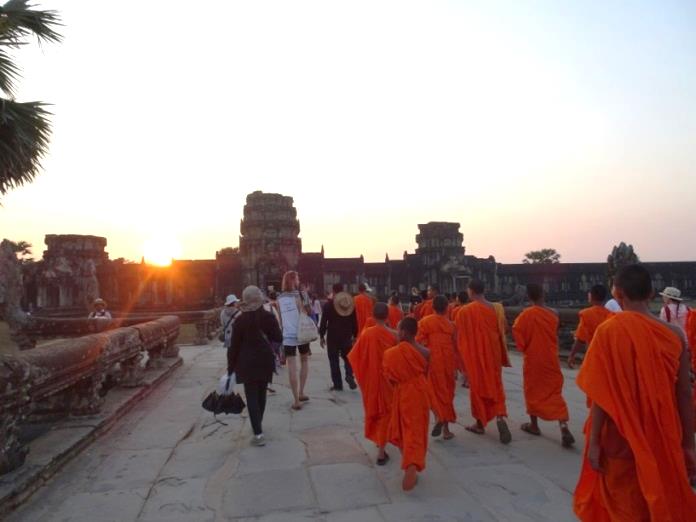油画技法・材料ワークショップ in カンボジアWorkshop on Oil Painting Technique and Material in Cambodia
May 31, 2018
東京藝術大学絵画科油画技法・材料研究室の教職員と学生が、絵具や絵画下地制作のワークショップを開催するため、2月26日から3月3日の間カンボジアを訪れました。この活動は、本学が平成28年度に採択された文部科学省の「大学の世界展開力強化事業(ASEAN)」の一環で実施されました。
ワークショップ1:身近な材料で絵具を作る(2月28日、シェムリアップ)
アンコールワットなどの遺跡で知られる観光都市シェムリアップにある、日本人女性が運営する絵画教室Small Art Schoolにおいて、絵具作りのワークショップを開催しました。参加したのは、同教室に通う現地の子供たちで、カンボジアの土や日本の土からまず顔料を分離し、それを卵の黄身と混ぜ合わせる絵具作りの実習を行いました。これは古典的な絵具の作り方で、中世ヨーロッパの宗教画でも一般的に用いられた技法(卵テンペラ)です。子供たちは実際に土や卵を手に取り、その感触や色、においを確かめながら、身近なものから作る絵具作りを楽しんでいる様子でした。本ワークショップには、本学と連携関係にあるカンボジア王立芸術大学からも2名の教員が視察に訪れ、子供たちに混ざって一緒に絵具作りを行い、原料や製作過程について藝大の教員らに熱心に質問をしていました。
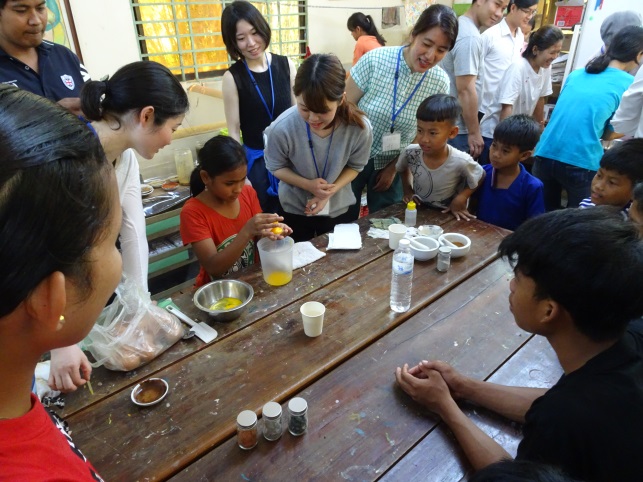
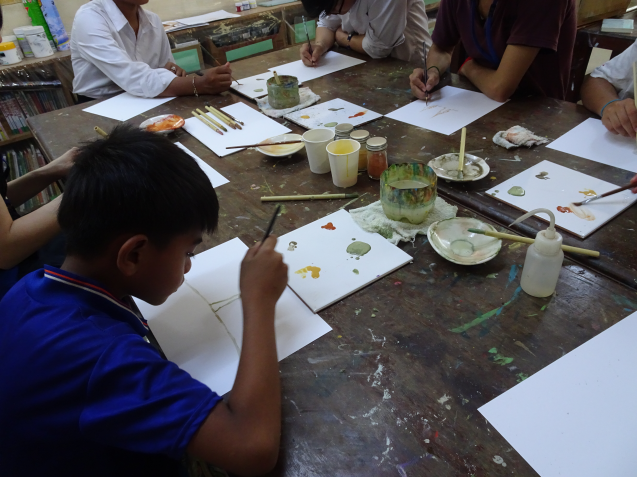
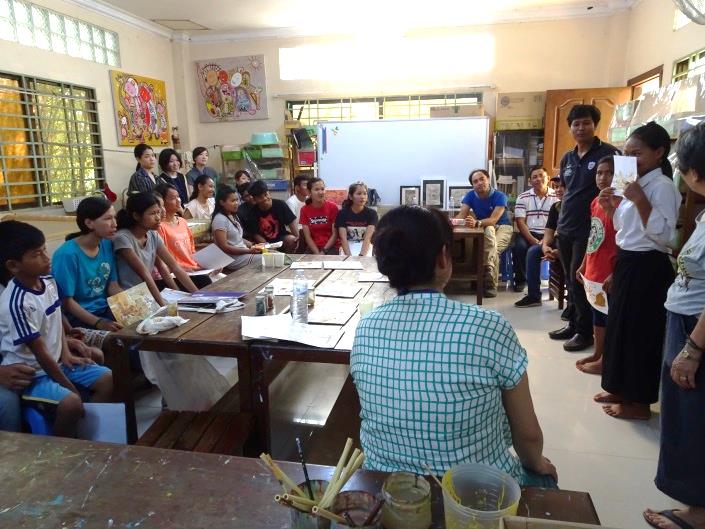
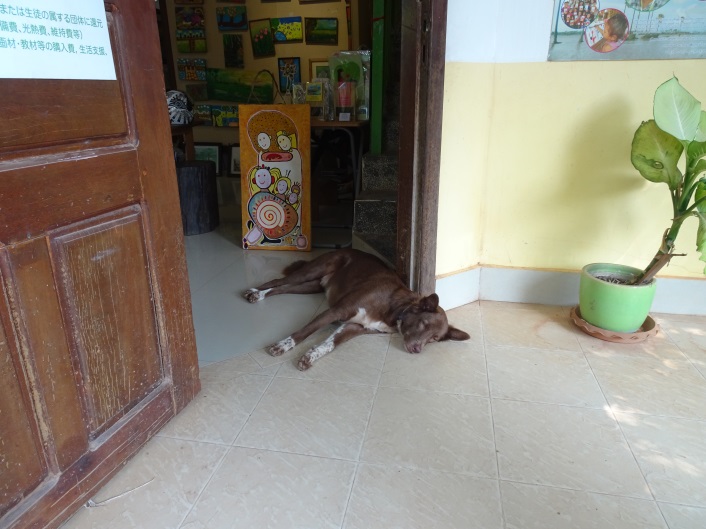
ワークショップ2:白亜地技法による絵画下地を作る(3月2日、プノンペン)
首都プノンペン中心部にあるカンボジア王立芸術大学(RUFA)において、白亜地(水性地)の絵画下地制作のワークショップを行いました。実習中、参加したRUFAの学生が熱心にメモや写真を取る姿が印象的でした。カンボジア国内では質のよい画材や絵画下地を入手するのが困難だと嘆く学生もいましたが、今回のワークショップを通じて、理想の絵画下地は自分の手で作れることを実感していただけたようです。塗布した白亜地が乾くのを待つ間や、道具の数が限られているため順番待ちの間には、スマートフォンで両国の学生が互いに自分の作品を見せ合い、コンセプト等のディスカッションが自然と始まり、短時間ではありましたが密度の濃い交流が行われました。
本学とRUFAとの交流は、今回ワークショップを実施した油画技法・材料分野以外にも、彫刻や漆芸の分野で行われています。カンボジアではRUFAを基軸として、今後も交流活動を継続し、両国の連携強化及び芸術文化の振興につなげていきたいと考えています。
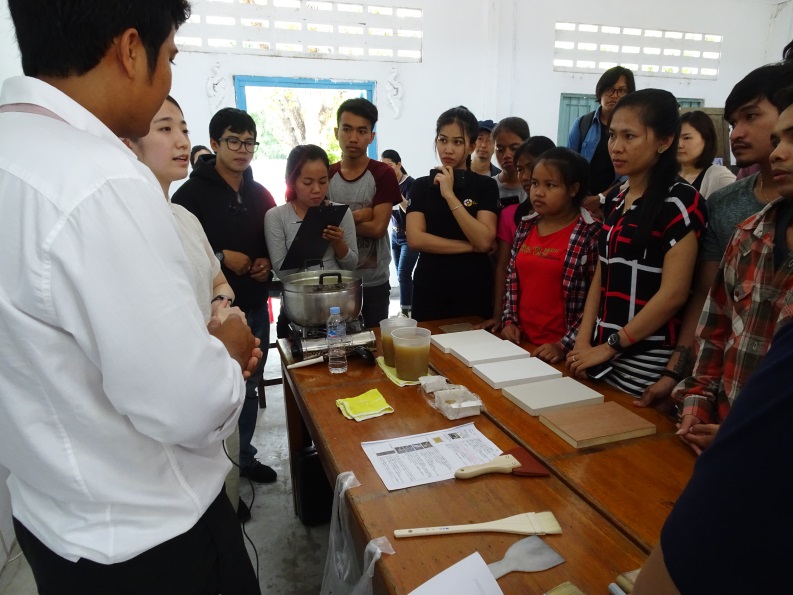
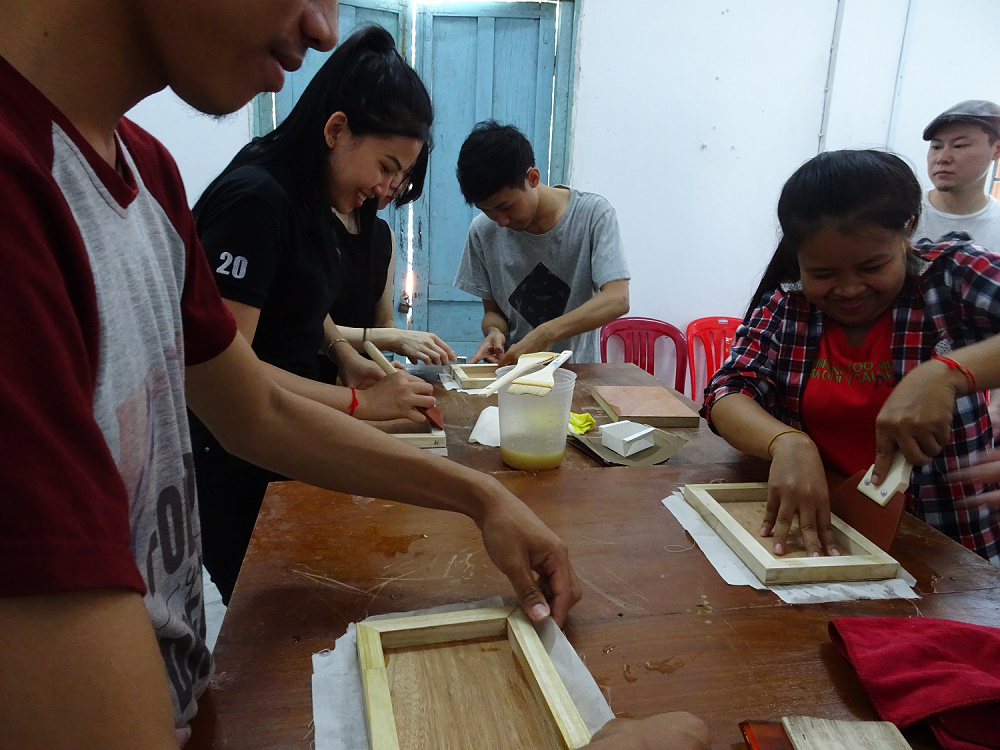

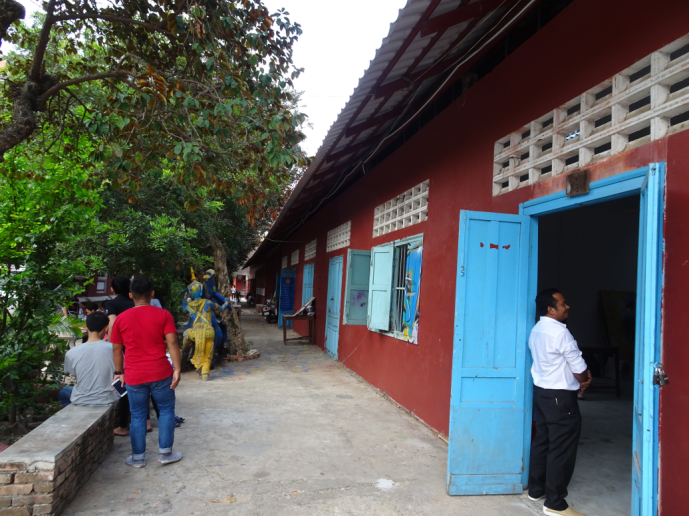
A team of faculty and students from the Oil Painting Technique and Material program at Tokyo University of the Arts, or Tokyo Geidai, visited Cambodia from February 26 to March 3, 2018, to hold paint-making and canvas-making workshops in collaboration with local art educators. These workshops were organized as part of the Inter-University Exchange Project funded by the Japanese Ministry of Education, Culture, Sports, Science and Technology, for which the university has been one of the designated institutions since 2016.
Workshop 1: Making paint out of materials found in everyday life (Siem Reap, February 28)
The first workshop was held at the Small Art School in Siem Reap, a major tourist destination known for its cultural and historical heritage such as Angkor Wat. The school is run by a Japanese woman and attended by children in the neighborhoods, most of whom are from unprivileged backgrounds. Participants of the workshop were those members of the school, and they engaged themselves in the whole process of making paint – from extracting pigment from soil or clay collected both in Cambodia and Japan to mixing it, after grinding, with egg yolk to help it adhere to the painting surface, such as paper and canvas. This is a traditional technique known as Egg Tempera that was commonly used in religious icon paintings in medieval Europe. With clay and eggs in their hands, the children seemed having fun making their own paints for the first time, using five senses. Also attending the workshop were two faculty members from the Royal University of Fine Arts of Cambodia, with which we have been collaborating under the Inter-University Exchange Project. They joined the participating children in making the paint and actually using it to paint, while enthusiastically asking questions about the materials used and steps to follow to the Tokyo Geidai team.




Workshop 2: Preparing a chalk-base on canvas (Phnom Penh, March 2)
The second workshop took place at the Royal University of Fine Arts (RUFA) in Phnom Penh, the capital city of Cambodia. After the demonstrations by the Tokyo Geidai team, each participant from RUFA tried making a painting base using water-soluble chalk. We were impressed by the eagerness shown by RUFA students, who were diligently documenting what they were learning by taking notes, photos, videos, etc. One student said in a disappointed voice that it was hard to get quality art tools and materials in Cambodia, but we hope that we were able to show to the participating students that an ideal ground for painting could be prepared with their own hands. There were moments where the participants had to wait for the chalk applied to the canvases to dry or wait for the tools they were sharing to become available. Utilizing such moments, students of the two countries started conversations with one another, showing pictures of their creative projects on their smartphones, which led to discussions on the concept or intention behind their art. Although short and brief, the workshop thus brought intense and productive collaboration between the two institutions.
Tokyo Geidai and RUFA have been working together not only in the area of Oil Painting Technique and Material, but also in other fields such as Sculpture and Lacquer Art. Through these collaborations, we would like to contribute to strengthening the bilateral relationship and promoting arts and culture for Japan and Cambodia, in partnership with RUFA as the foundation of our engagement in Cambodia.






